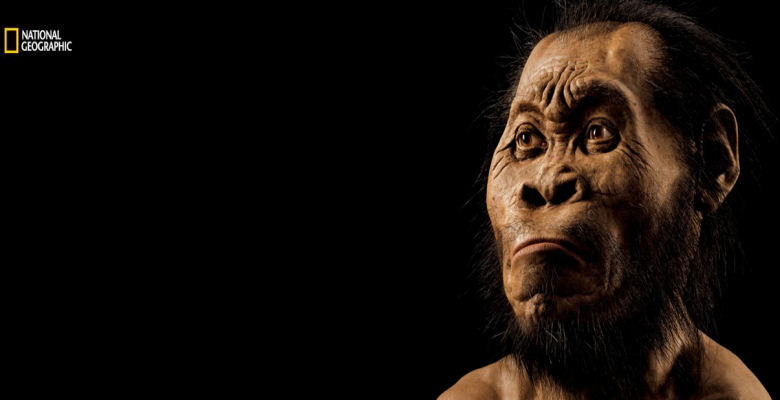New species of human relative discovered in South African cave

The discovery of a new species of human relative has shed light on the origins and diversity of our origins. The new species, Homo naledi, appears to have intentionally deposited bodies of its dead in a remote cave chamber, a behaviour previously thought limited to humans.
Working with the University of the Witwatersrand, the National Geographic Society and the South African Department of Science and Technology/ National Research Foundation, LJMU’s Professor Joel D. Irish worked with the project team investigating the teeth of the new species, which are among the most important parts of the skeleton in determining biological relatedness to modern humans.
Consisting of more than 1,550 numbered fossil elements, the discovery is the single largest fossil hominin find yet made on the continent of Africa.
Professor Irish commented on his role:
"Teeth can be studied to discern, among others, what the hominins ate, the ages of individuals and, importantly, the degree of biological relatedness to other fossil hominins and modern humans.
"I recorded morphological (structural) features of the tooth crowns and roots specifically to focus on the topic of the species’ relatedness to others.
"This is something I currently cover in our forensic anthropology modules concerning modern peoples – but this new works helps me to expand the coverage back in time to address the ‘big picture’ in anthropology and a common question by students, where did we ultimately come from?”
A paper detailing the dentition is currently under review for a future publication. In brief, Homo naledi’s teeth are described as similar to those of the earliest-known members of our genus (biological classification), such as Homo habilis, as are most features of the skull.
All the finds are described in two papers published in the scientific journal eLife and reported in the cover story of the October issue of National Geographic magazine and a NOVA/National Geographic Special.
The initial discovery was made in 2013 in a cave known as Rising Star in the Cradle of Humankind World Heritage Site, some 50 kilometers (30 miles) northwest of Johannesburg, South Africa, by Wits University scientists and volunteer cavers. So far, the team has recovered parts of at least 15 individuals of the same species, a small fraction of the fossils believed to remain in the chamber.
The story received international press coverage including the Liverpool Echo and Science Horizons


